Delvendahl Martin Architects
Industrial Sanctuaries – Fish Island
2012
This year we focused on Hackney Wick and Fish Island, an area that sits adjacent to the Olympic Park and therefore at the midst of a significant urban transformation, which will be directly influenced by the wider scale redevelopment planned for East London. As well as being home to a varied constituency, the area also contains a valuable industrial built heritage from the late 19th and early 20th centuries.
Olympic Fringes
East London is undergoing one of the largest urban transformations in the country if not Europe. It is of a scale not seen in the capital probably since John Nash’s urban expansion to the North-West. The plans for the growth of the city eastward are part of a complex ongoing project that started more than a decade ago, however much of the attention has been concentrated around the Lea Valley area since London was chosen to host the 2012 Olympic Games in 2005. At the heart of the bid was the idea that the Olympic Park would have a strategy in place for full integration back into the city once the games were over, and avoid the ‘white elephant’ syndrome that previous host cities have suffered. This would mean that the significant investment an event of this magnitude demands, would go towards the regeneration of some of the most deprived areas of the city. The strategy that has developed since then has been called ‘the legacy’ of the games and covers the park itself, the adjacent areas and the associated infrastructure.
In order to gain a better understanding of these strategies, we looked at the areas surrounding the Olympic Park as opposed to the park itself, many of which are long established communities with a strong identity. The students were encouraged to establish an intellectual position and elaborate a specific response in the shape of a series of architectural projects.
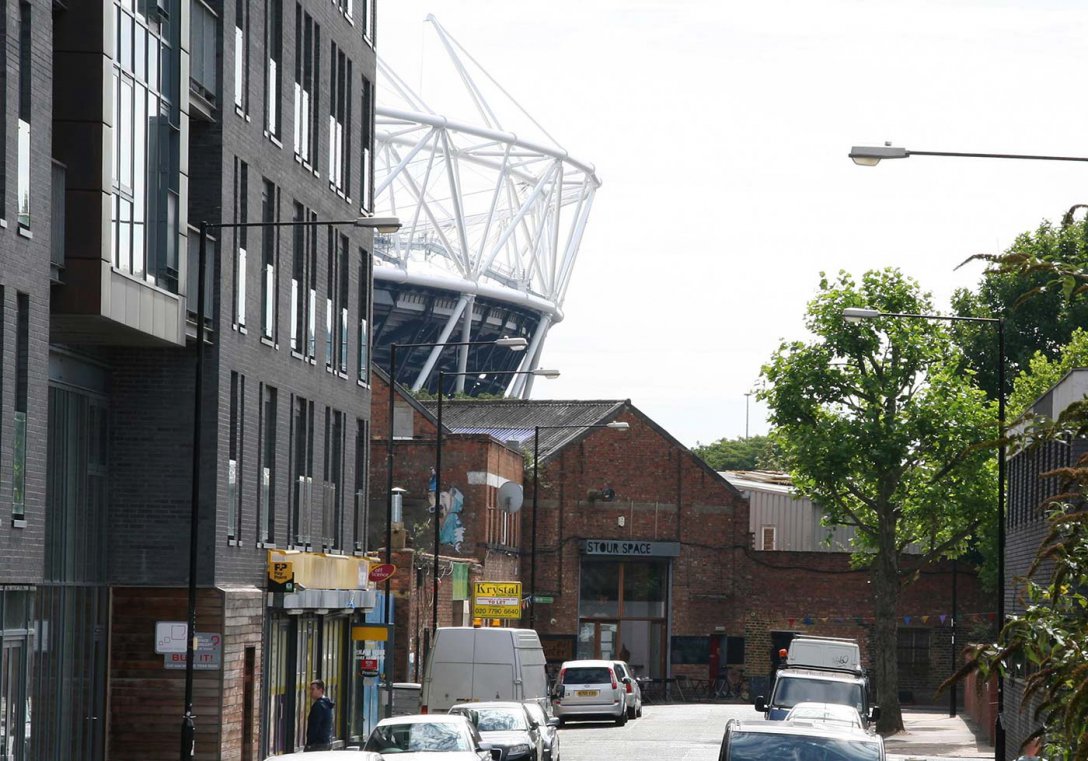
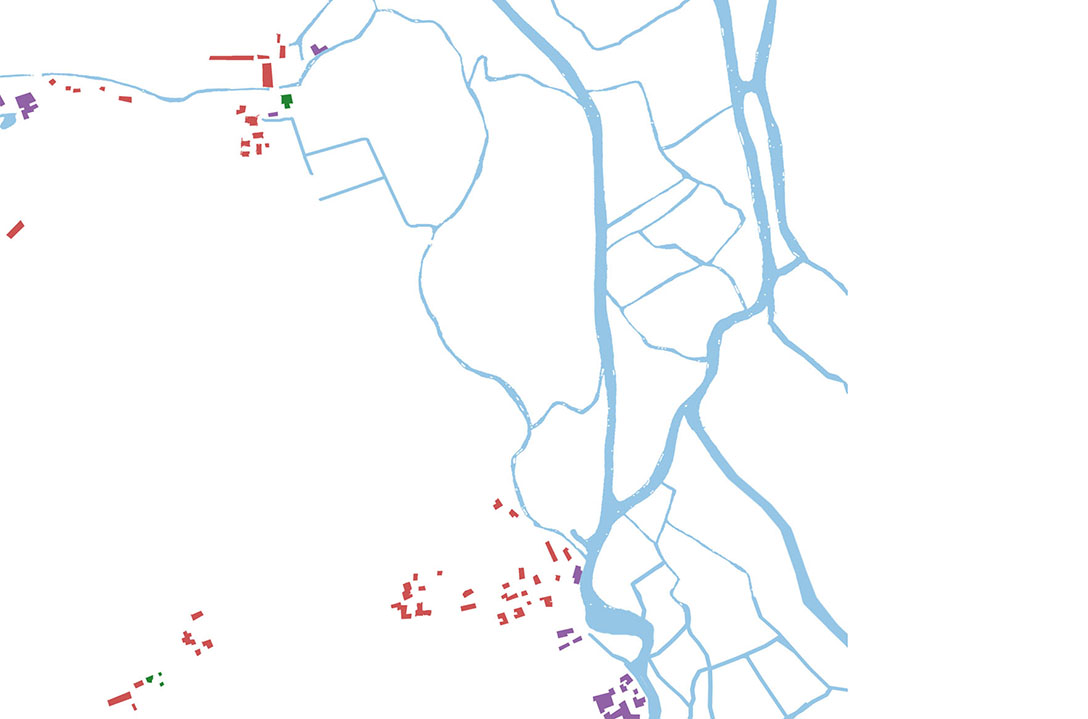
Area Map 1824
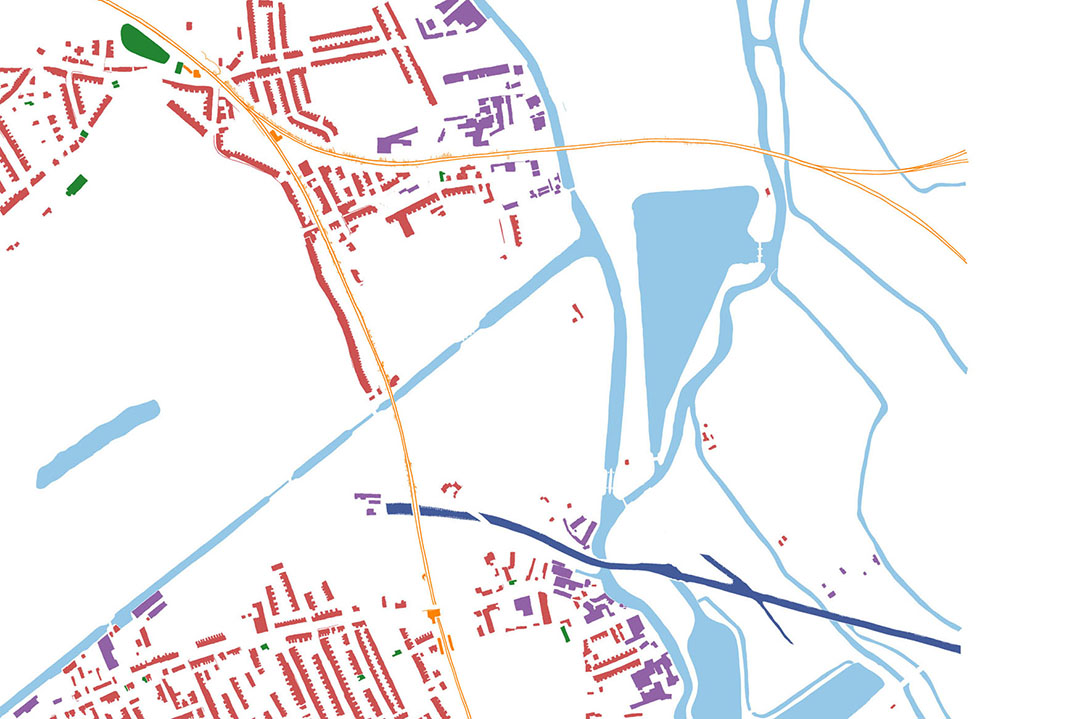
Area Map 1870
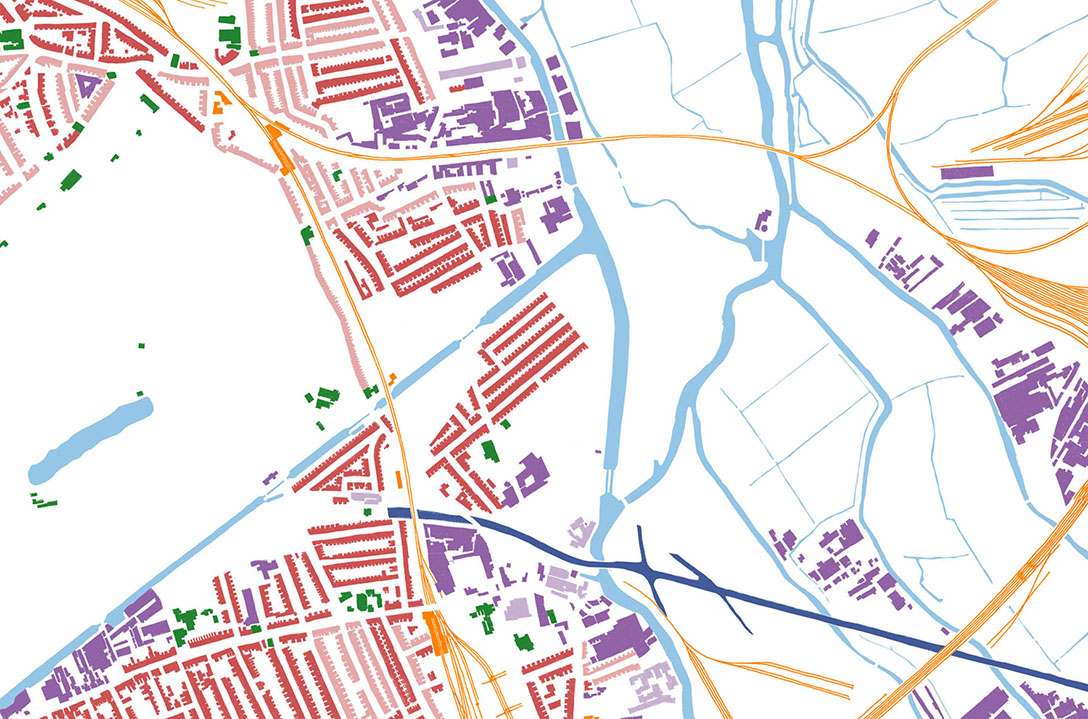
Area Map 1890
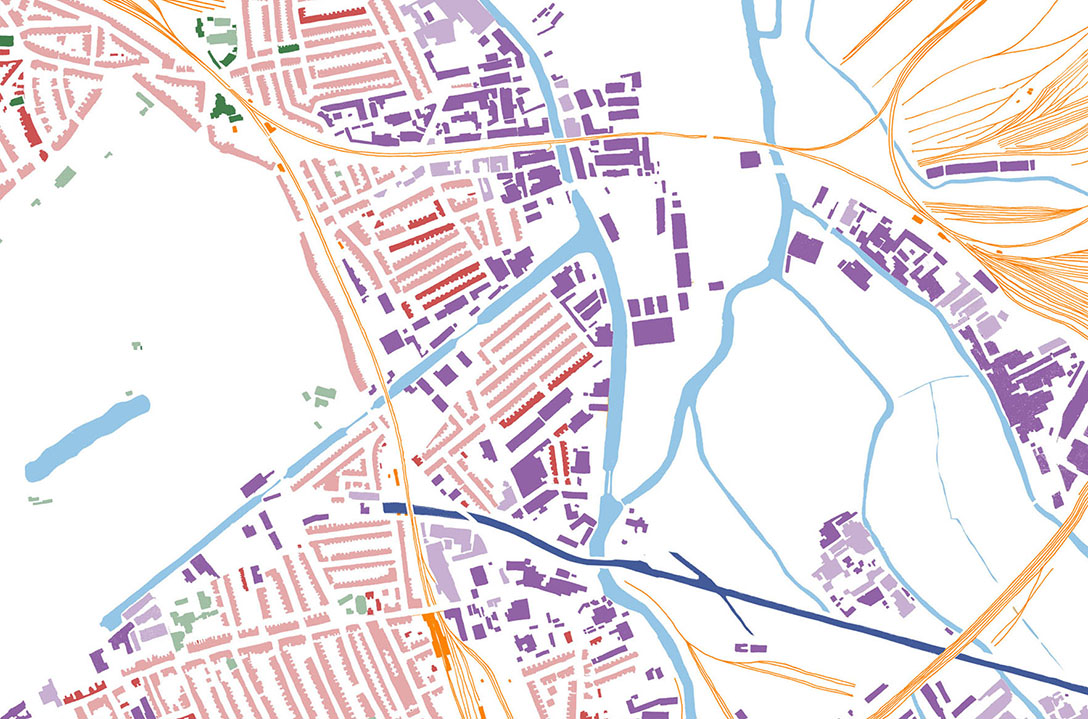
Area Map 1910
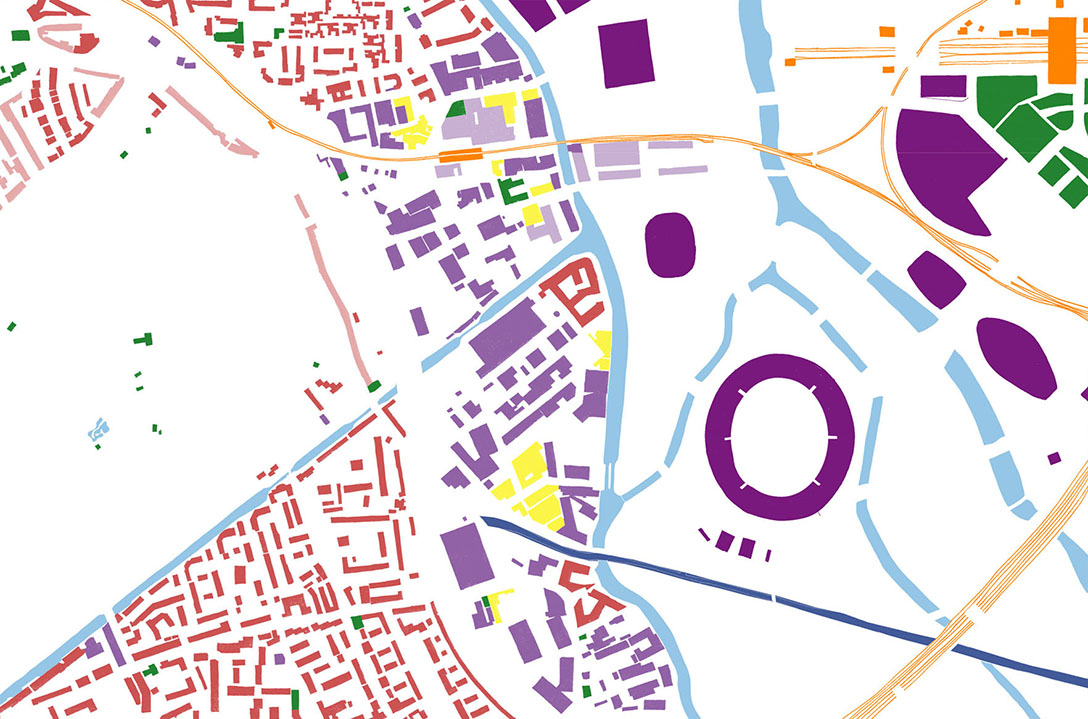
Area Map 2011

Area Map 2030